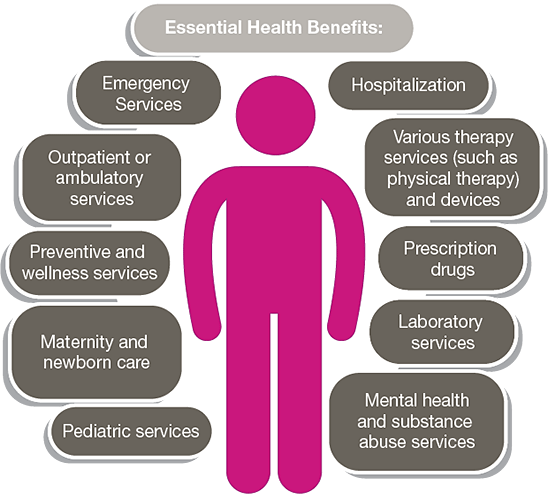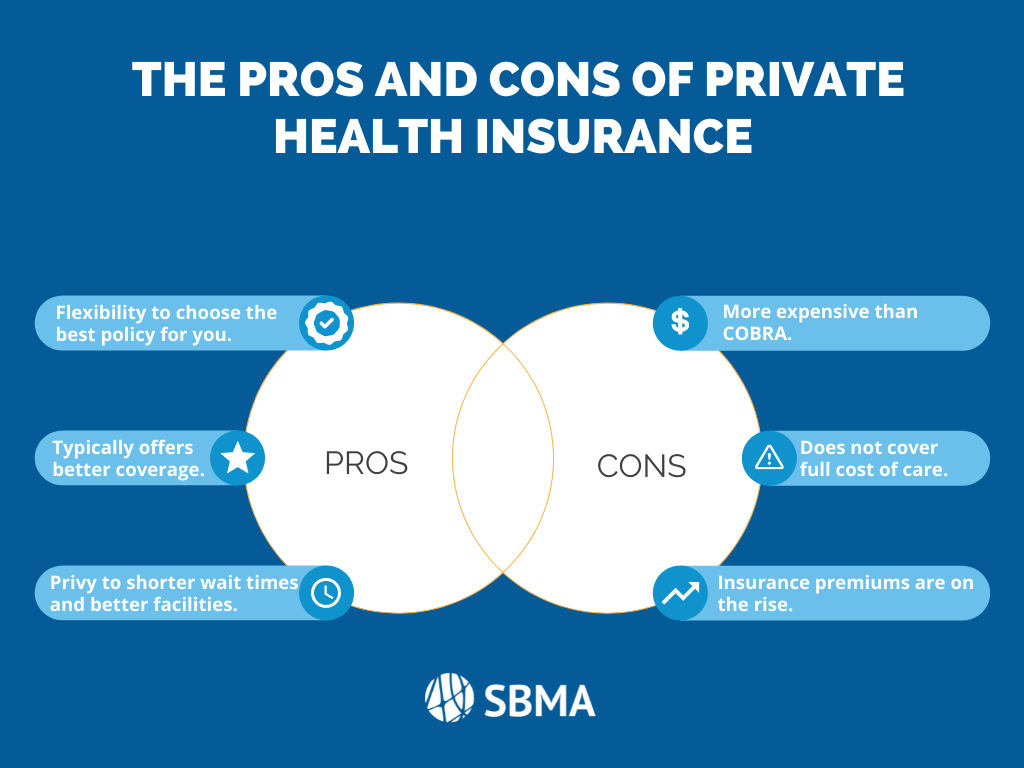The Single Strategy To Use For Medicare Advantage Agent
The Single Strategy To Use For Medicare Advantage Agent
Blog Article
7 Simple Techniques For Medicare Advantage Agent
Table of ContentsAll about Medicare Advantage AgentMedicare Advantage Agent Can Be Fun For AnyoneExcitement About Medicare Advantage Agent

follows from confusing the puzzling young fairly profile of the uninsured with without insurance better healthFar better health and wellness average, of younger personsMore youthful For those without access to work environment health insurance, bad health and wellness is a possible obstacle to acquiring nongroup coverage due to the fact that such coverage might be very valued, omit preexisting conditions, or be merely not available. Unless otherwise kept in mind, nationwide estimates of people without health insurance and proportions of the population with various kinds of insurance coverage are based on the CPS, the most extensively made use of resource of quotes of insurance policy protection and uninsurance prices.

The Basic Principles Of Medicare Advantage Agent
The partnership between wellness insurance policy and accessibility to care is well established, as documented later on in this chapter. The relationship in between wellness insurance policy and wellness results is neither direct neither basic, a comprehensive scientific and wellness solutions study literature links health insurance policy coverage
to improved better to care, better quality, and improved boosted individual population populace health and wellnessStanding The 2nd report, on personal wellness end results for uninsured adults, is represented by the inner circle of the number, while the 3rd record, on household health, incorporates the topics of the second record but emphasizes a various unit of evaluation, specifically, the family.
In addition, it focuses especially on those with no wellness insurance policy for any length of time. The problems faced by the underinsured are in some areas comparable to those dealt with by the uninsured, although they are typically less extreme. Uninsurance and underinsurance, nonetheless, involve distinctly various plan concerns, and the approaches for resolving them may differ. Throughout this research and the five reports to adhere to, the major emphasis gets on individuals without medical insurance and thus no help in spending for healthcare beyond what is offered via charity and safeguard establishments. Medical insurance is a powerful element influencing receipt of care due to the fact that both individuals and physicians react to the out-of-pocket cost of services. Medical insurance, nevertheless, is neither essential nor adequate to get to medical solutions. Nonetheless, the independent and straight effect of health
insurance policy coverage on access to wellness solutions is well developed. Others will get the healthcare they require also without medical insurance, by spending for it expense or seeking it from suppliers that supply care cost-free or at extremely subsidized prices. For still others, wellness insurance coverage alone does not ensure invoice of treatment due to other nonfinancial obstacles, such as a lack of healthcare providers in their area, minimal accessibility to transportation, illiteracy, or linguistic pop over here and cultural distinctions. Official research regarding without insurance populaces in the United States dates to the late 1920s and very early 1930s when the Board on the Cost of Healthcare created a series of records concerning funding doctor office gos to and hospitalizations. This problem came to be prominent as the varieties of clinically indigent climbed up during the Great Clinical depression. Empirical studies continually sustain the web link between access to care and improved health and wellness outcomes(Bindman et al., 1995; Starfield, 1995 ). Having a regular source of care can be thought about a predictor of accessibility, instead of a straight step of it, when health end results are themselves utilized as access indicators. This extension of the notion of gain access to dimension was made by the IOM Board on Keeping Track Of Accessibility to Personal Wellness Care Solutions(Millman, 1993, p. Whether or not parents are insured appears to affect whether or not their youngsters obtain care in addition to just how much careeven if the youngsters themselves have protection(Hanson, 1998). The health and wellness of moms and dads can influence their capacity to care for their children and the degree of family members stress and anxiety. Stressing about their kids's accessibility to care is itself a source of tension for moms and dads. 3 phases follow in this record. Phase 2 supplies an overview of just how employment-based health and wellness insurance, public programs and specific insurance plan operate and connect to give considerable however incomplete protection of the U.S. populace. This includes a testimonial of historic trends and public laws affecting both public and private insurance policy, a conversation of the communications amongst the various kinds of insurance policy, and an exam of why people move from one program to one more or end up

Report this page